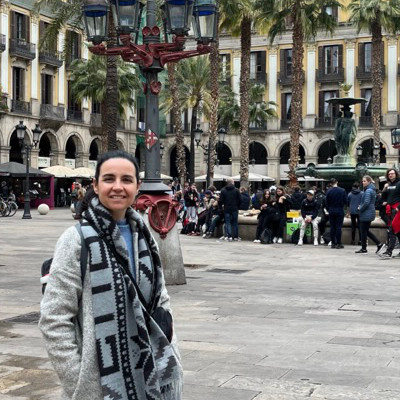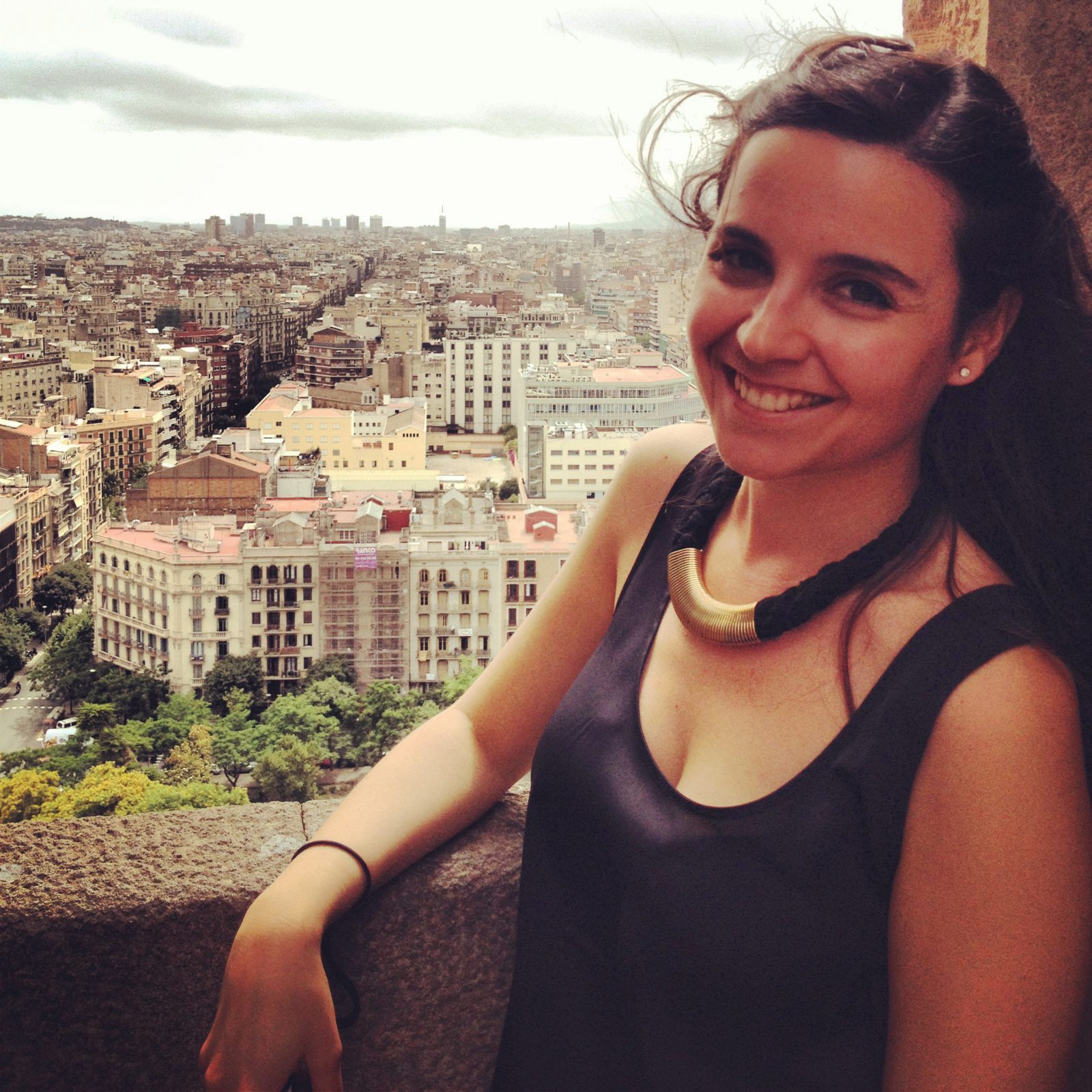Reial Club Deportiu Espanyol, abbreviated as RCD Espanyol, is the second club from Barcelona and regularly plays in the top Spanish league, La Liga. Founded in 1900, RCD Espanyol is one of the oldest football clubs in Spanish football, emerging during a period when football was gaining popularity. Although it has been less successful compared to its arch-rival FC Barcelona, it remains a significant club with dedicated supporters proud to root for the underdog. Attending an Espanyol match means experiencing 90 minutes of football amidst true fans who cheer, applaud, and jump at every opportunity their team gets.
Attending an Espanyol Match
For football enthusiasts, the real thrill is, of course, attending a match. Espanyol tickets are often cheaper than Barça’s, and the audience is mostly local, enhancing the authentic Spanish football atmosphere. It’s evident that Espanyol is a family club where generations of ‘pericos‘ (their nickname) attend games with their fathers. The atmosphere is friendly and enjoyable.
Useful tips for attending an Espanyol match:
- Arrive early, as the stadium is at the end of metro line L5. The walk from Cornellà Centre metro station to the stadium takes about 15 minutes, passing bars where supporters gather before the game.
- Visit the fanshop before the game to buy souvenirs or club items.
- Bring snacks for during the game. Locals often bring sandwiches, bags of chips, or sunflower seeds (pipas).
- Join in the cheering! Supporters sing for their club throughout the game, cheering and applauding every chance.
- The derby against FC Barcelona is Espanyol’s most important match of the year. Expect higher ticket prices than for an average game.
Espanyol Stadium Tour
Opened in 2009, Espanyol’s stadium is a modern complex housing the club offices, fanshop, and museum. It’s beautifully lit in club colors at night and visible from the highway. When no game is scheduled, you can join a tour of the museum and stadium, exploring everything from the dressing rooms and field to the press room. Tickets are available at the fanshop (€15 per adult and €5 for children under 10) and tours are conducted on non-match days from Tuesday to Friday at 12:30 and 16:30, and Saturdays at 12:30. Closed on Mondays.
Espanyol Shop
The stadium houses the official RCD Espanyol fanshop, the RCDEstil shop, where you can find everything in the club colors. The shop is open Tuesday to Saturday from 10:30 to 14:00 and 15:30 to 19:00. It’s also open before matches for last-minute purchases like T-shirts or scarves.
History of Espanyol
RCD Espanyol is one of the oldest football clubs in the Spanish league. It was founded on October 28, 1900, by a group of students in the premises of the University of Barcelona, with Ángel Rodríguez as the founder. Unlike other teams of that time, which had many English and players of other nationalities, Espanyol was a club with only Catalan or Spanish players.
Although the current colors of RCD Espanyol are white and blue, the original color of the club was yellow. This was the color of the garment given by one of the first partners to make their uniforms. Later, the team played in a white shirt and blue pants. It wasn’t until 1909 that the club started playing in its current club colors.
RCD Espanyol initially played in a large open space very close to the Sagrada Família. From 1923 to 1997, Espanyol played at the Estadi de Sarrià near Plaça Ricardo Zamora, popularly known as ‘Can Ràbia’ or ‘la Bombonera’.
The first significant achievement of Espanyol was the Copa Macaia in 1902-1903. In 1912, King Alfonso XIII granted the title of ‘Royal’ and the use of the crown to the club, which appears in the club emblem to this day. Espanyol was also among the founders of the Spanish League and even had the honor of scoring the first official goal of this competition. That same year, Espanyol won the Spanish Cup tournament, the Copa del Rey, a title it reached again in 1940. Internationally, Espanyol gained significant recognition in 1988 when it finished second in the UEFA Cup against Leverkusen.
In 1997, the club was forced to sell its stadium in Sarrià and moved to the Lluís Companys Olympic Stadium on Montjuïc, where Espanyol played until the 2008-2009 season with an average of 22,500 spectators per match. During these 12 years, the team achieved great successes, including two Copa del Rey wins in 2000 and 2006 and the UEFA Cup final in 2007. There were also moments of tension and euphoria in Montjuïc, such as the team’s salvation in 2004 thanks to a goal by Tamudo against Murcia, and Coro’s goal in extra time against Real Sociedad, which kept Espanyol in the top division in 2006.
In early 2002, RCD Espanyol announced the start of construction for a new stadium in the municipality of Cornellà – El Prat, near Barcelona. After lengthy administrative procedures, construction of the stadium began in 2007. The club moved to the new stadium on July 10, 2009, which according to club members marked the beginning of a new era for the club. The new stadium was named the Power8 Stadium due to the sponsor Power8 España. However, in 2015, following a number of dubious business deals by Power8, the sponsorship ended, and the stadium’s name was changed to Estadi Cornellà-El Prat.
Getting to Espanyol’s Stadium
The Estadi Cornellà-El Prat, located just outside Barcelona in Cornellà, is one of Spain’s most modern football stadiums, rated 4 stars by UEFA, with a capacity of 40,500. It’s accessible by metro or tram:
- Metro: Cornellà Centre (L5). Walk via Carrer de Joan Maragall, Plaça de l’Esglèsia, Rambla de Josep Anselm Clavé, Carrer de Joaquim Rubió i Ors, and Carrer de Sant Jeroni.
- FGC: Cornellà Riera (L8). Walk via Passeig dels Ferrocarrils Catalans and Carrer de Sant Jeroni.
- Tram: Cornellà Centre (T1 and T2). Cross Plaça de l’Estació and follow the same route as from the metro station.
Parking is available at Centre Comercial Splau, Llobregat Centre Comercial, Fira de Cornellà, and Polígon Industrial Almeda.
Useful information
Address:
Av. del Baix Llobregat, 100 08940 Cornellà de Llobregat
Public Transportation:
Metro: Cornellà Centre (L5), Cornellà-Riera (L8)
Bus: 94, 95
Train: Cornellà-Riera (R5, R6, R50, R60, S3, S4, S8, S9)


